Features care for the Cambria orchid in a city apartment
Orchid is a favorite plant of many. Most often, the cambrian orchid is purchased for growing at home. Caring for her is quite simple. But many people make mistakes or have doubts about how to care for the resulting copy. The fact is that Cambria is a specially bred hybrid. It was obtained by mixing four independent orchid varieties, which also include individual varieties. So different combinations make up a wide variety of Cambria varieties. Let's figure out by what signs they can be distinguished from other orchids, and also consider the features of care.
Description and types
For the first time this type of orchid was obtained at the very beginning of the twentieth century. Its creator is from Belgium.
It can be classified as complex hybrids - there are as many as four varieties at the heart:
- odontoglossum;
- oncidium;
- brassia;
- miltonia.
And from each of them cambria borrowed the most pronounced features. So she is the owner of a large number of large-sized flowers, an unusual shape of buds and a very pleasant smell.
This type of orchid belongs to the sympodial group. All orchids are divided into monopodial and sympodial.
The first ones have the following features:
- their growth point is at the top of the stem;
- leaves begin to grow on it;
- under them buds appear, from which peduncles arise;
- old leaves gradually fall off;
- Newly growing ones appear closer and closer to the top.
Sympodials differ significantly in their structure.
- They have a rhizome - a stem that grows horizontally and spreads over the soil.
- It also grows leaves.
- Pseudobulbs also appear there. They are also called ground tubers. This is a special thickening of the stem, it is necessary for storing reserves of nutrients and fluids.
- In this case, leaves appear on these pseudobulbs.
As mentioned, there are many varieties of cambria. All of them are united by the presence of pseudobulbs and the shape of the leaves - narrow and long.
- Colmanara. This species consists of oncidium, miltonia and odontoglossum. From them, the plant received large beautiful flowers, which can be either red or yellow, with beautiful spots. The buds grow vertically. Usually there are from five to ten. Separate branches may appear on the stem.
- Burrageara - in addition to the orchid varieties listed above, a cochliode was added to obtain this species. The flowers are also red and yellow, but are inferior in size to the buds of other types of cambria. In addition, the flowering period is during the winter. The scent is similar to that of roses.
Care rules
Now let's take a closer look at how to create the environment necessary for the growth of cambria at home. It doesn't matter what kind of hybrid you are going to grow - they all have the same requirements.
- Lighting is one of the most important items in the care of every orchid. The fact is that a large amount of bright light is vital for this plant. And the flower needs it all year round. It would seem that everything is simple - you just need to place the cambria on the windowsill in the southern part of the house. But direct exposure to sunlight is dangerous for her - in this case, damage will inevitably appear on the buds and on the leaves. The most obvious signal is that the leaves will turn yellow. So it is better to cover the window with a special film. Tulle is also suitable. You can understand that the plant does not have enough light by the appearance of the leaves - in this case, they will be bright green.Typically, these changes occur in the fall and winter. To fix the situation, you can use lamps.
- Temperature. In this matter, cambria stands out favorably against the background of other orchids. The difference between day and night temperature is not at all fatal for her. On the contrary, a slight coolness will even benefit the plant. But at too high temperatures, flower growth slows down. This is not dangerous - when the optimal performance is restored, the cambria "revives" again. The ideal temperature for her is from plus fifteen to plus twenty-five degrees.
- Also, for proper growth, a special soil composition is needed. Orchid mixes are often found in stores. But you can make them yourself. Ideally, the composition should include pine bark, coal, moss, and shredded fern roots. Depending on the level of humidity in the room, the mixture must be supplemented with peat or pumice. The first retains moisture if the plant is in a room with dry air. Pumice, on the other hand, helps the earth dry faster.
- Fertilizers. Their use should be during the flowering period of cambria. You need to introduce top dressing every two weeks. In this case, you can use only foliar funds. The nutrient solution must be very weak. Excess fertilization will lead to root rot.
Watering
The watering regime of the plant deserves a separate discussion. Orchids in general and cambria in particular are fragile roots. Due to the large amount of liquid, the roots will begin to rot, and it will be almost impossible to save the plant. But a lack of moisture will lead to the death of flowers and leaves. For safety reasons, a rather unusual watering method is used. Place the pot in a deep bowl or bowl filled with water. In the warm season, the procedure takes twenty minutes. In winter - no more than five. The main thing is that the liquid does not cover the pseudobulbs - this will also cause rotting.
Advice
The water used is also of great importance. There should be no impurities in it. In addition, the liquid must be allowed to settle for several days before use.
Reproduction
The breeding process may coincide in time with the transplant. The latter is usually carried out every two years. It is during this period of time that the cambria grows to such a size that its pot no longer fits her size. And the wrong vessel is the reason for the slowdown in flower growth. But you shouldn't abuse the transplant either - make it only when absolutely necessary.
The very method of reproduction is to divide the main plant into parts and plant them in different pots. This should be done during that period of time when active root growth begins, after the end of flowering. Thanks to this, the planted plants will take root faster in new pots.
Reproduction is carried out in several stages.
- First, carefully examine the orchid. If you find damaged roots or leaves, remove them mercilessly. If you use a part of the flower for reproduction that has traces of rot, then this disease will continue to spread on the new plant.
- Next, using the tools, divide the orchid into two or three parts. Each piece should have three pseudobulbs. It is important to be careful and pre-treat the instruments with alcohol.
- Cuts on plants also need to be processed, only for this it is better to sprinkle them with charcoal powder.
- Soak the soil mixture in which you are going to plant the orchids with water before planting. To do this, use a spray bottle.
- You need to fix the plants in the ground firmly, but carefully. Make sure that no damage appears on the roots.
- Don't water the orchids at all for two weeks.
- Top dressing can only be used during flowering.
Transfer
There are at least two reasons for transplantation.
- Slowdown in growth.If you notice that the actively growing cambria has stopped developing, it is likely that it has already become cramped in its current pot. This usually occurs two years after the previous transplant into a larger pot.
- Incorrectly selected soil. If, when choosing a soil mixture, a mistake was made and now moisture is either absorbed too quickly into the substrate or, conversely, the soil remains wet for a long time, you need to transplant the plant into a more suitable mixture.
Now let's look at the transplant process itself. You need to start it at the moment when new roots will break through. They will not be damaged during transplantation, and the plant will better take root in a new place.
- Lift the orchid out of the pot carefully.
- Also, carefully clean the roots from bark, moss and other components adhering to them. The main thing is not to damage the roots.
- Place a drainage layer at the bottom of the pot. It can be small and medium-sized stones, polystyrene, pumice pieces.
- Place the plant in a pot.
- While holding it, cover the pot with bark, moss, coal and other elements.
Don't water the plant for the first two weeks. It is almost impossible to replant the plant carefully without damaging the roots. Therefore, you need to give him time to heal all the "wounds".
Diseases and pests
The diseases that cambrian owners face are usually caused by mistakes in care. The plant has no specific diseases.
- The appearance of white bloom on the leaves and stems means that you have either overdone the fertilizer or are using the wrong water for irrigation. If we talk about dressing, then it is important to know that the orchid reacts painfully to the salinization of the substrate. So if you are afraid of the consequences, it is better to refrain from using additional nutrients. And if the problem is in the water, then remember that there should be no impurities in the liquid used. Boil the water and let it sit for a few days before watering. The only way to save the plant in these cases is to transplant it into another substrate and follow the above rules.
- The yellowing of the leaves is caused by constant exposure to direct sunlight. Yes, the orchid loves light, but it's better to cover the window with plastic.
There are also a couple of pests that can take a fancy to cambria.
- Shield. You will find its presence when yellowish bumps begin to appear on the leaves. There are special means to get rid of it. After treatment, you need to transplant the flower into a new soil.
- Spider mite - to get rid of it, there are also special means, for example, "Actellik".
Output
Orchid is an incredibly beautiful flower. There are a huge number of species and varieties of this plant. Cumbria is a hybrid that combines the best qualities of several varieties. In this case, cambria also come in different types. All of them are united by the presence of a special rhizome stem and pseudobulb. Due to its unusual structure, flowers grow along the entire length of the stem.
In caring for cambria, you need to follow simple rules.
- They need a lot of light, but it is better to protect the plants from direct rays with a film or tulle on the window.
- The substrate should include bark, moss and coal.
- It is important to observe the measure when watering.
- It is also better to limit the amount of fertilizer.
The development of diseases is possible only due to mistakes in care. Special means will help get rid of pests.
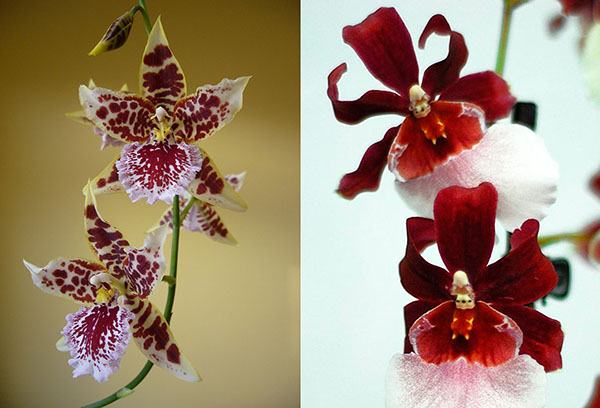
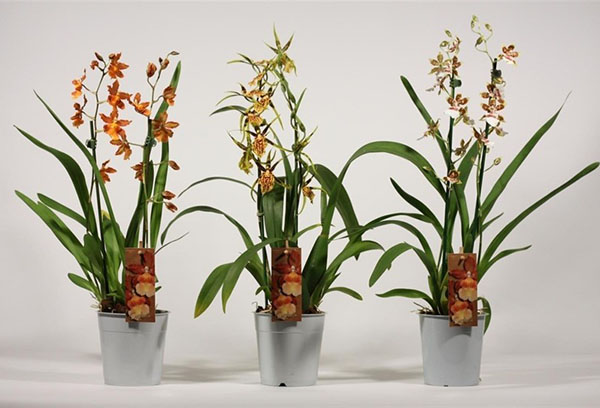
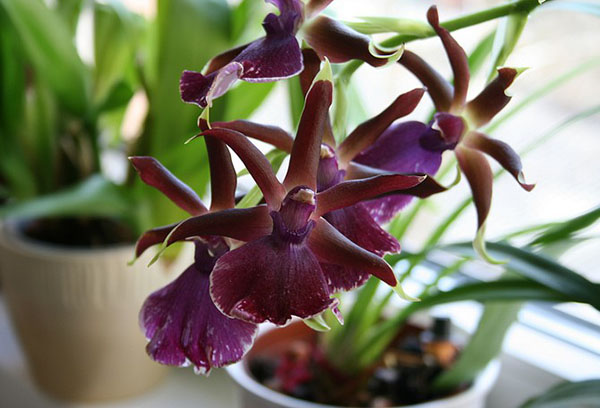
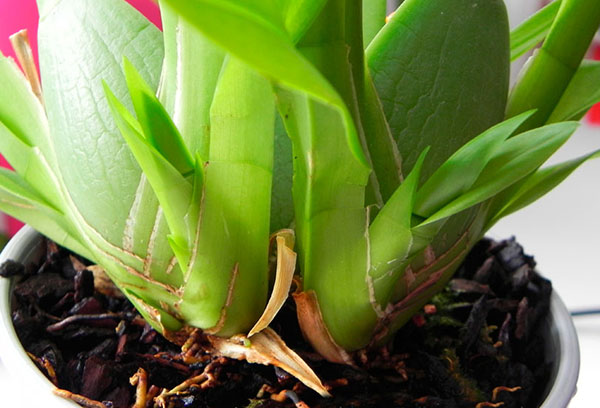
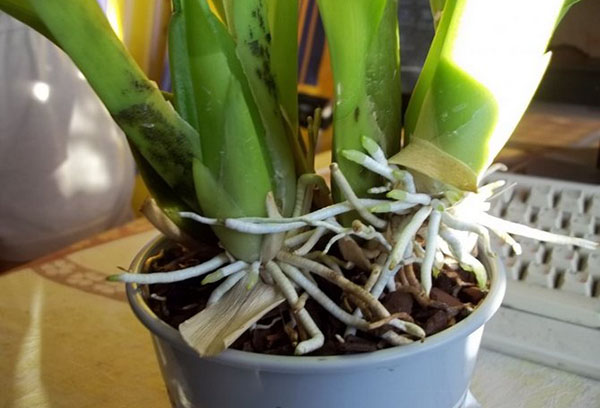
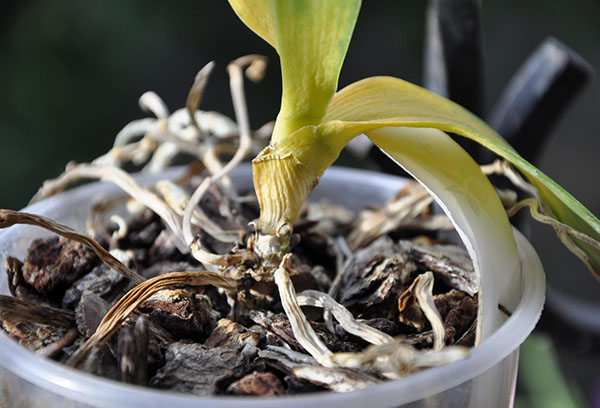
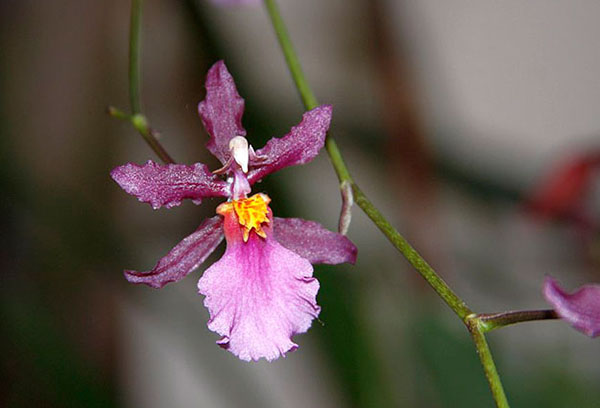
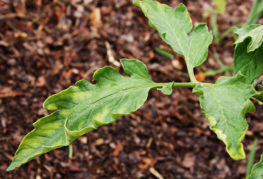

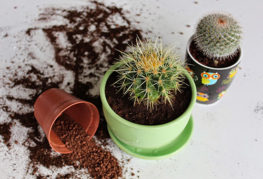
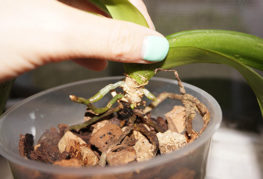
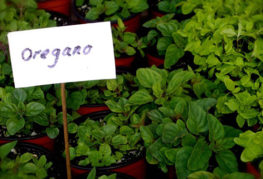
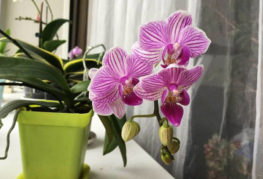
and will be published shortly.